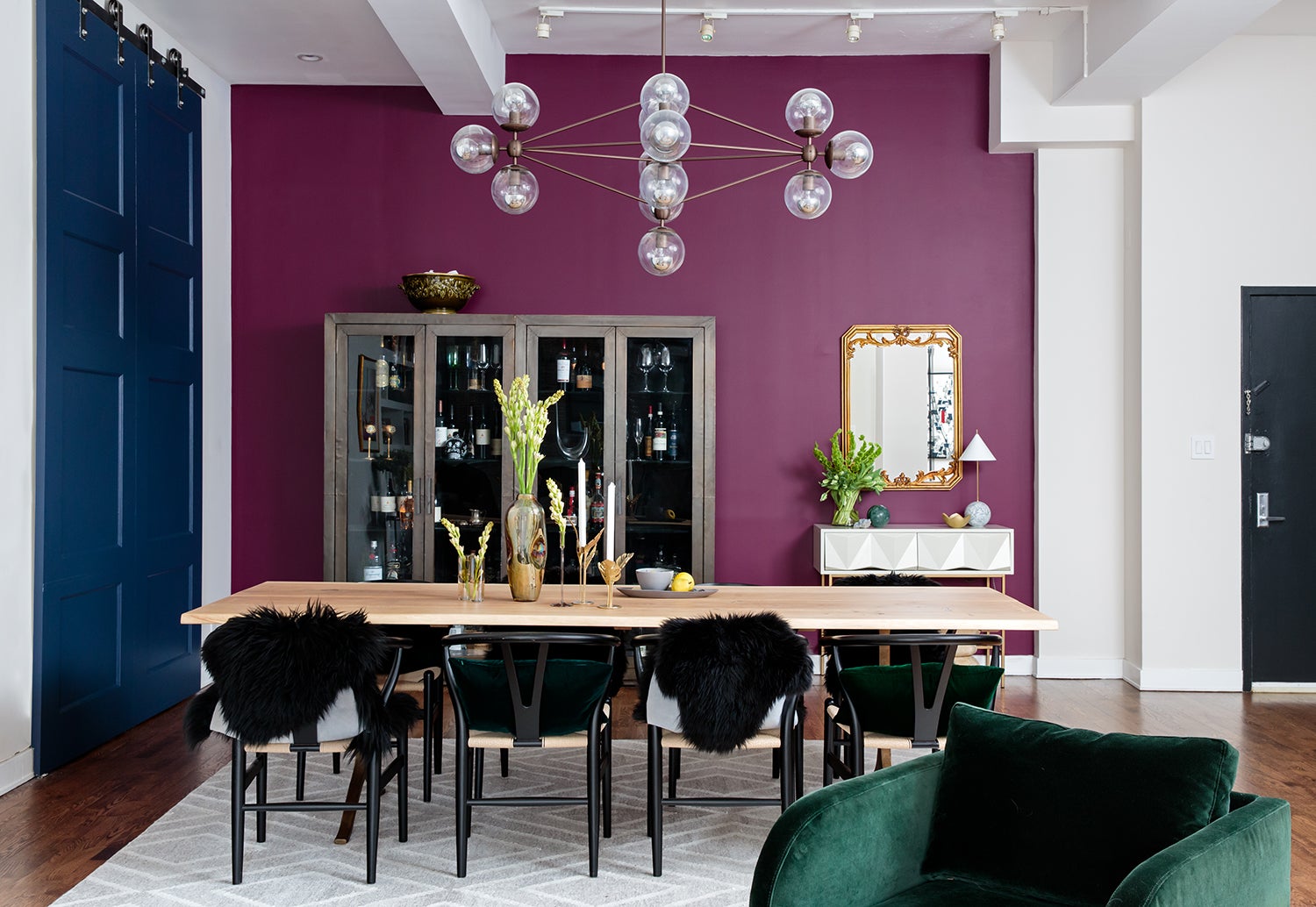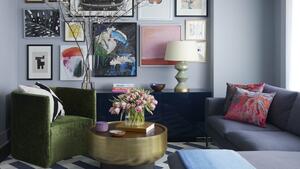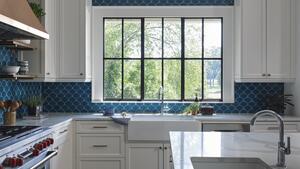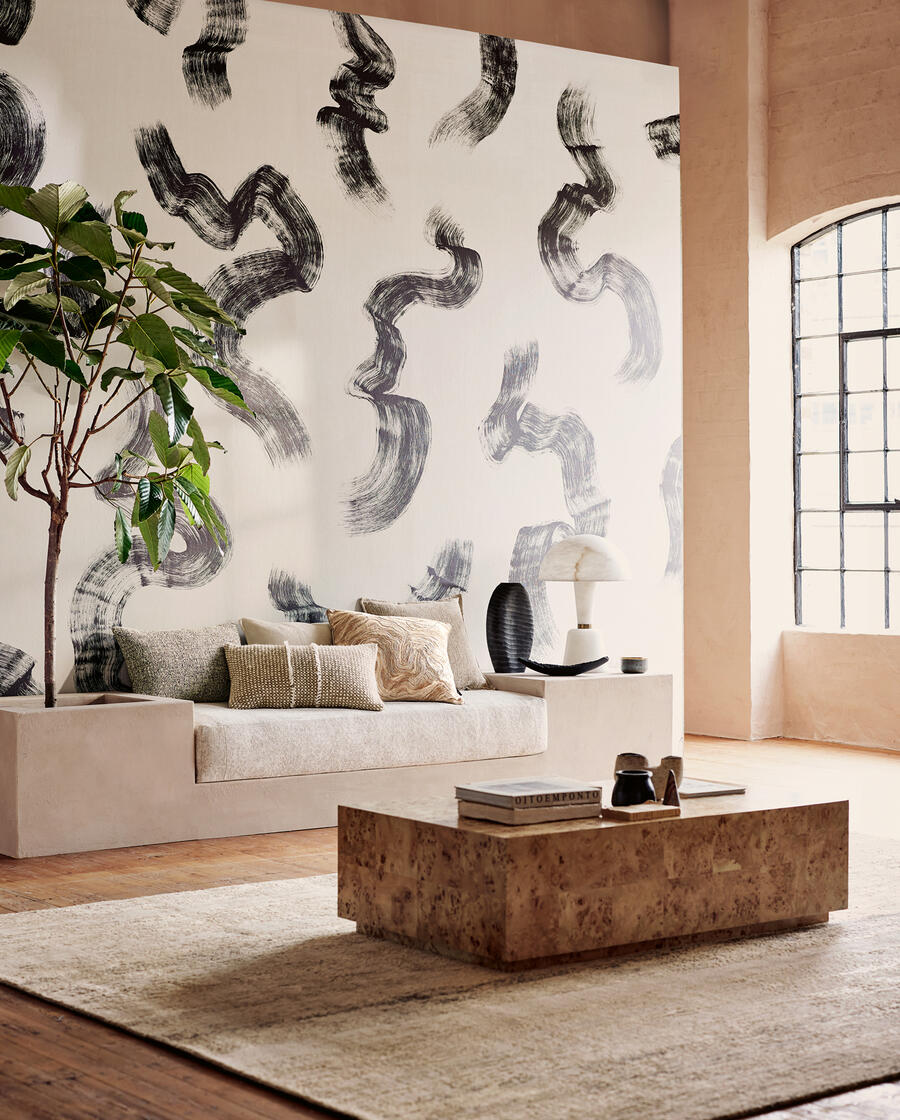Ten years ago, “online design” meant sending a client an email with a few inspiration photos attached. Now, it’s a booming business, with a thriving ecosystem of competing platforms. All have their own spin, but the basic premise tends to be: Charge less to clients, leverage scale to get discounts on product, and handle project management in-house, freeing up designers to focus on creating. Whether the work is ultimately done online or in person, it brings the model of internet commerce to the industry, giving customers on-demand design.
Though many of these sites tend to get lumped together, there are two distinct business models: e-design services and online agencies. E-design services conduct design almost entirely online—clients and designers don’t meet in person. Online agencies are matchmakers that connect clients to designers using technology, but much of the work is done on-site, in person.
There’s a healthy debate in the design community about these sites. Some argue that they steal projects away from independent designers, devalue the profession or homogenize taste. Others make the case that these platforms democratize design, and bring the power of a well-crafted home to a wider audience. For others still, online design is a much-needed side hustle, or a way for beginners to get a foot in the door and build up a portfolio in a tough industry.
Though we’re not going to have an e-design debate today, Business of Home will continue to cover this space, and if you’ve worked for one of these sites and would like to share your thoughts, please drop a line.
Ahead, we’ve asked seven of the leading online design platforms to peel back the curtain and tell us how they work. We’ll let designers make up their own minds.
E-DESIGN SERVICES
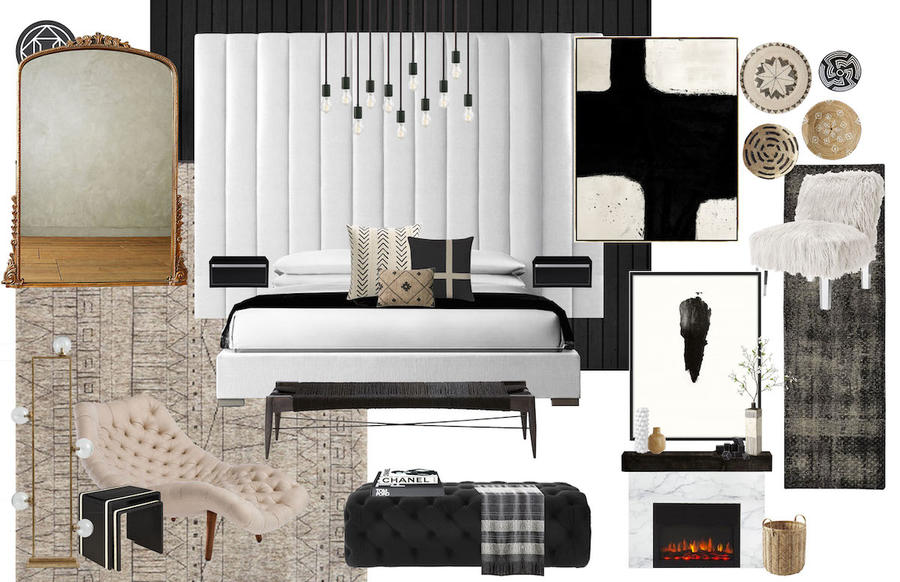
Year founded: 2014
How it works: Clients are matched with a designer, who then creates a plan using Havenly’s online portal. Designers are limited to shopping from the company’s sources; however, Havenly has partnerships with hundreds of retailers.
How much work is there? “There’s more than enough work to go around,” says a spokesperson. The platform has over 200 designers, but Havenly says there’s no direct competition between designers for a specific project. Instead, the client chooses the designer from an algorithmically generated list.
What’s the workload? “Designers are able to specify how many projects they do per month,” says Havenly. “They set their own weekly capacity for how much work they would like to complete, and then through our marketing efforts, we fill that capacity with client work.”
What’s the application process? The first step is an online application, where designers are asked some basic questions and invited to link to their portfolio. Qualified candidates are then sent a test project, which is reviewed by Havenly’s head of design. If they clear that hurdle, there’s a phone chat to finalize the onboarding process.
How much do clients pay? Prices range from $19 to $169 per room.
How do designers get paid, and how much? Rather than a flat or hourly fee, it’s a mix: Designers are paid a combination of a per-project fee, commission, and bonus/incentives based on performance. Havenly says that its highest-performing, busiest designers can make up to $7,500 per month.
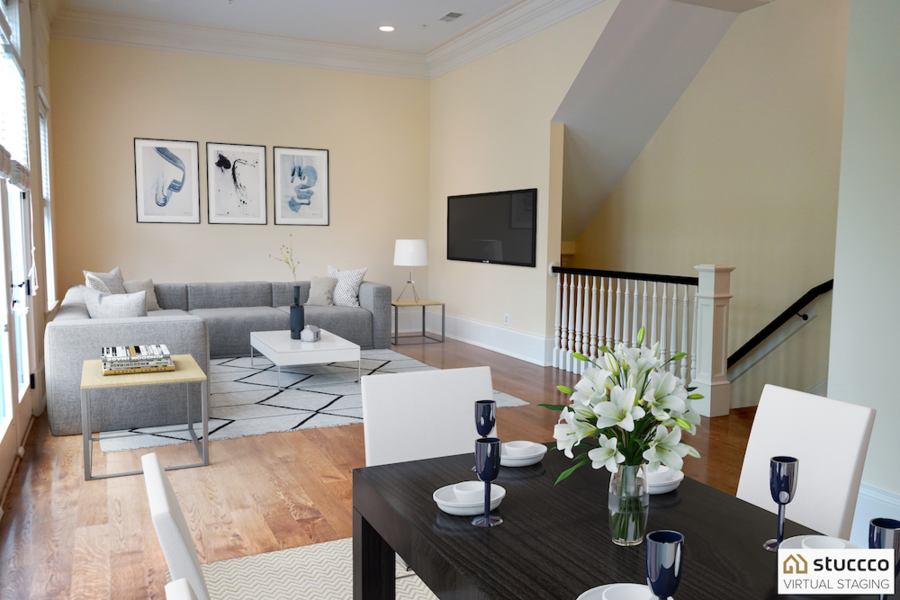
Year founded: 2015
How it works: The company connects clients to designers, who complete all work online using Stuccco’s portal. One key perk is that designers can source products from anywhere (most e-design companies limit designers to a specific set of vendors). Stuccco also has a virtual staging platform where designers can work for real estate agents, a market where artisans and retailers can sell home goods, and a social network for inspiration images and design advice.
How much work is there? “It varies,” says CEO and founder Matt Langan. Designers don’t compete for work. Rather, they’re matched with projects based on Stuccco’s internal algorithm, which takes into account ratings, design style, recency of hire, and engagement with the platform.
What’s the workload? Designers control when they want to work and how much. “It’s primarily a complement to in-person design services the designer is providing locally,” says Langan. “Or it’s in addition to online interior design services provided elsewhere. So it’s a part-time venture. They can dictate their availability with the click of two buttons.”
What’s the application process? An online application and a phone interview. “We consider their application, portfolio, reviews from past online interior design projects, software tools in use, education, attitude and communication,” says Langan. “Providing excellent customer service is the most important thing to us, so a good portfolio won’t be enough.”
How much do clients pay? Prices range from $29 to $299 per room.
How do designers get paid, and how much? Designers make 80 percent of the design service fee. If designers recommend a product sold within the Stuccco Store, the designer makes 10 percent of that transaction amount.
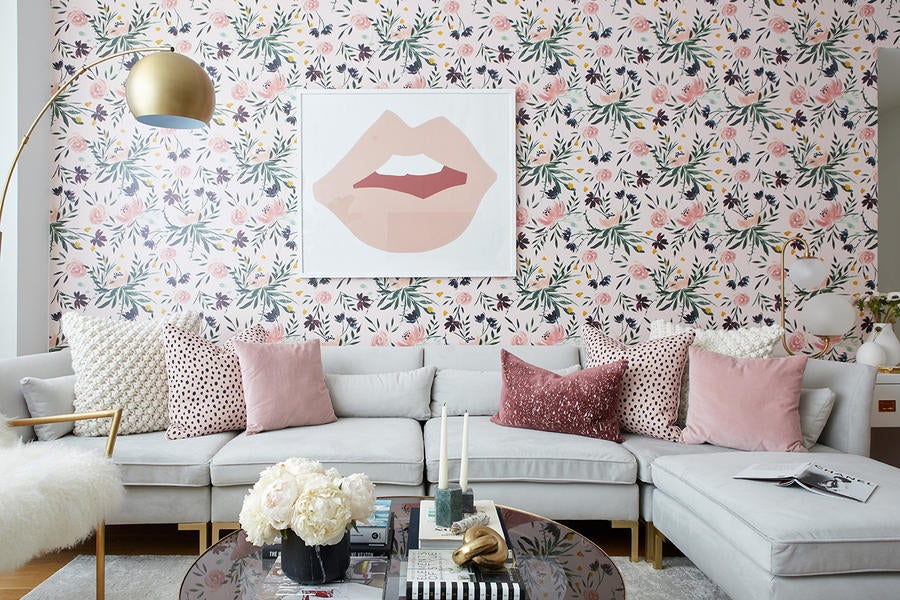
Year Founded: 2014
How it works: Clients send photos and measurements of their space, along with design inspiration and requests. Designers use that information to create a room, all using Decorist’s online platform, buying from the company’s partner sources.
In an effort to capture a range of talent, Decorist splits its offerings into three tiers of designer: Classic (one or two years of experience), Elite (five-plus years of experience) and Celebrity (designers with substantial editorial coverage, like Celerie Kemble or Martin Raffone).
How much work is there? “Many of our designers are booked solid, week to week,” says a Decorist spokesperson. “There is no competing for design projects, as we match each project to the designer that is the best fit, style-wise.”
What’s the workload? There are no maximums or minimums, and designers are free to set their own workload.
What’s the application process? The application process includes a portfolio and branding review, as well as a case study.
How much do clients pay? Single-room design projects start at $299.
How do designers get paid, and how much? Designers are paid between 50 and 75 percent of the project cost and can make up to 60 percent with bonuses.

Year founded: 2013
How it works: Most of the work is done virtually, through an online portal where designers collaborate with clients to create 3-D and virtual reality designs. However, Decorilla also offers in-person design services in 20 cities. Designers are trained to work with the platform’s network of 250+ furniture vendors, but there’s no explicit limitation on where they can source from.
How much work is there? Two Decorilla designers submit a moodboard for each project, and the client chooses their favorite. If the project is for in-person work, the pairing is one-on-one. Designers are rated through the company’s platform—the better the rating, the more projects they’ll be able to book.
What’s the application process? “The Decorilla team reviews each designer’s experience and portfolio and reaches out for further training and testing if they are qualified,” says a spokesperson for the company.
How much do clients pay? The in-person design work is charged hourly, and rates range from $75 to $500 depending on experience level. Decorilla also offers flat fees for online room designs, starting at $449 for a hallway by its Bronze-tier designers, up to $1,399 for a living room by one of its Gold designers.
How do designers get paid, and how much? Designers earn 70 percent of the project fees or 90 percent if they recruited the client. “An average project costs the client $1,000, so designers would [usually] get $700 of that,” says a spokesperson for the company. “The more experienced the designer is with Decorilla, the higher level projects they will work on.”
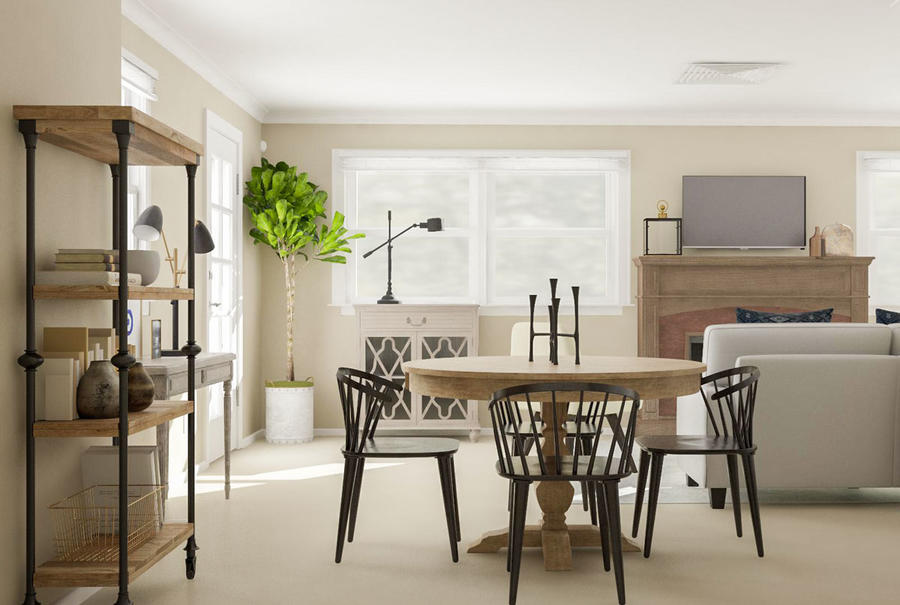
Year founded: 2015
How it works: One of Modsy’s key selling points is its technology-focused approach. Clients upload pictures of their room and the company creates an extremely realistic rendered 3-D model of the space, which designers then digitally style with furnishings and decor. There are different packages, some of which involve very minimal interaction with the client, while others involve phone and email communication. All of the work is completed online.
How much work is there? Modsy says most of its nearly 161 designers work on 20 to 30 initial designs for clients per week on average. There’s no direct competition for projects, and unlike many other e-design engines, all Modsy designers are tasked with working in all of their styles—so there’s no matchmaking of, say, “modern” clients with “modern” designers.
What’s the workload? Because the work can be split up into bite-sized chunks, Modsy is fairly flexible—within some limits. The company’s application page indicates it’s looking for designers who can commit to 20 hours a week, and that their ranges from 6 a.m. to 6 p.m. PST. (The company is based in San Francisco.)
What’s the application process? Anyone with a relevant degree (interior design, art history, graphic design, architecture, etc.) can apply. Modsy says that “recent grads, stay-at-home parents or anyone looking to build their portfolio” are all good fits for its network of stylists—and side hustlers too.
How much do clients pay? Single room designs range from $69 to $149.
How do designers get paid, and how much? Tough to say. Some online reviews suggest that the platform used to start designers with an hourly fee then move to a per-project fee. However, the company says, “We can’t share one single rate, as compensation is ever-changing based on a number of factors that include geographic location, stylist growth, and tool automation. We’re constantly working to make sure our stylists are paid fairly, and we help them manage their productivity so they can maximize their earning potential with Modsy.”
ONLINE AGENCIES

Year Founded: 2014
How it works: Décor Aid acts as an agency, connecting clients to designers. The work is then completed on-site by the designer. Throughout the process, the company acts as a project manager and procurer—managing all purchasing and delivery of product. It’s kind of like the “normal” design process, but the company does all of the back-office support, including handling client complaints.
How much work is there? “We have over 600 clients signing up to our services on a monthly basis and we take on approximately 80 projects per month,” says Sean Juneja, founder and CEO. Designers don’t compete for work—Décor Aid does the matchmaking.
What’s the workload? Because designers are taking on full projects with a minimum budget, Décor Aid more closely resembles a “normal” design job—designers can’t simply put in hours whenever they feel like it. However, designers do have a say in how many projects they take on. The workload, Juneja says, “varies depending on the designer’s experience, availability and the scope of projects they are working on.”
What’s the application process? Décor Aid prides itself on only working with designers who have 10 years of experience in the field, and a bachelor’s degree in design, so this isn’t the site for newcomers. Qualified applicants are invited to submit a résumé and a portfolio. Then, they must go through a series of interviews, including a mandatory talk with Juneja himself. After that, designers complete a test project.
How much do clients pay? There’s a fixed design fee based on an hourly rate of $150 (for all designers).
How do designers get paid, and how much? Designers are paid 60 percent of the design fee.
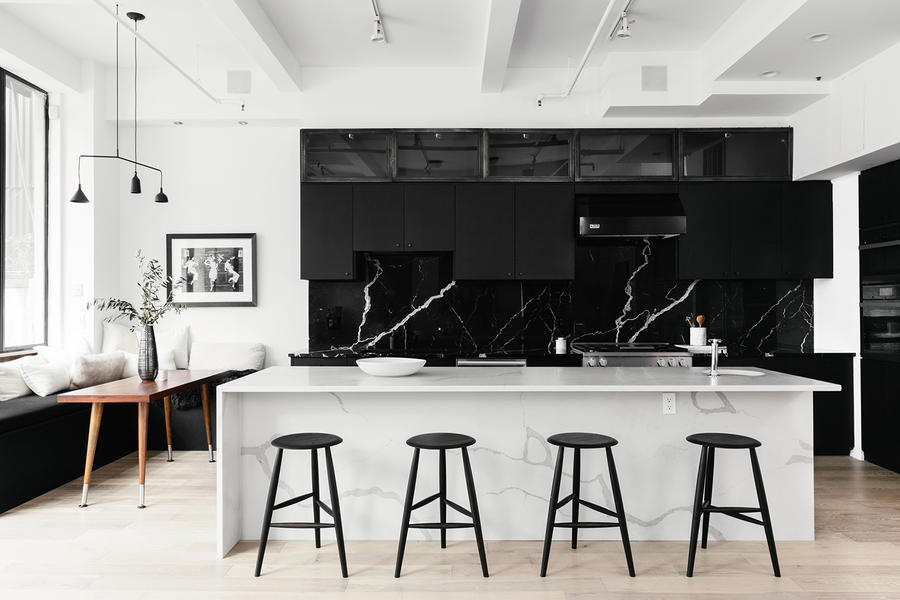
Year founded: 2012
How does it work? It’s a bit of a mix. Sometimes Homepolish acts as an agent, connecting clients to designers, and then the work is done on-site, like a “normal” design project. However, if the client is open to working remotely, the platform will connect them with a designer who will supervise the project via video call. Homepolish has a project management tool called Collection, which allows designers to collaborate with clients online.
How much work is there? “Our wide designer base matches our nationwide demand,” says founder and CEO Noa Santos. There’s no direct competition between designers, and the matchmaking is done internally by the company.
What’s the workload? Because Homepolish’s projects resemble “normal” interior design projects in many senses, it’s not quite as bite-sized as an e-design engine. However, designers have control over the number of projects they take on.
What’s the application process? It resembles that of a regular full-time job, including interviews, a background check, an insurance check and reviews of designers’ previous work. “Once they are on board, we continually offer them opportunities to grow, with industry and platform education and career development based on client feedback,” says a spokesperson.
How much do clients pay? If they’re charging clients hourly, Homepolish’s rates begin at $140 per hour, with a 10-hour minimum. Flat fees are dependent on the size of the project.
How do designers get paid, and how much? There’s no fixed rate: Different designers are paid different amounts for different projects. Santos says that at the upper end, some designers make six figures working with Homepolish.

















